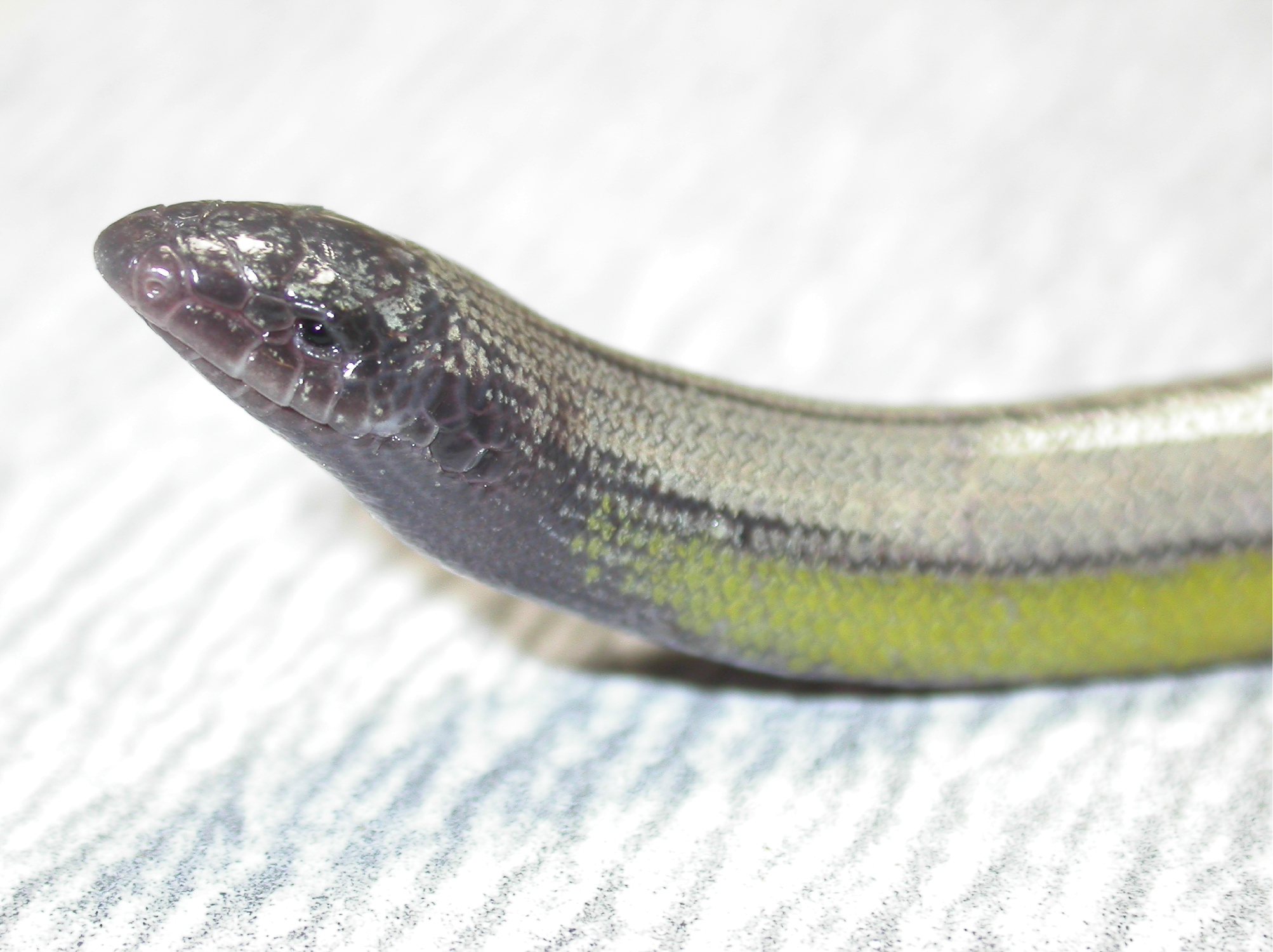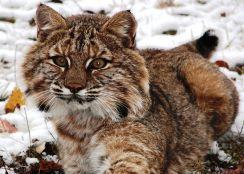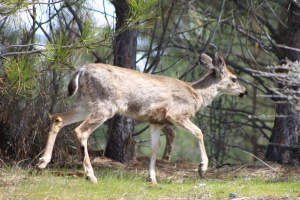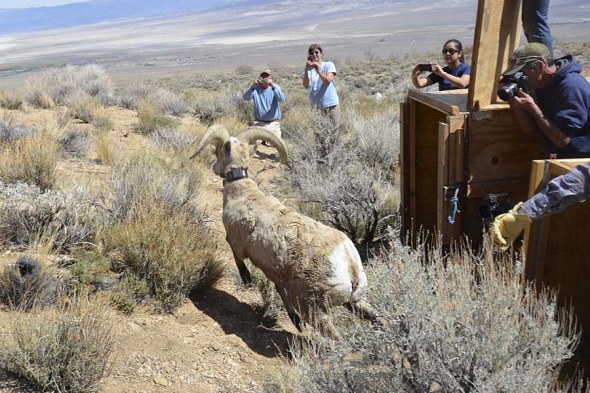 Four new species of legless lizards have been discovered in California, joining the one species of legless lizard that was previously known in the state.
Four new species of legless lizards have been discovered in California, joining the one species of legless lizard that was previously known in the state.
An NBC News report notes that the four new species were not found in the wilderness, but in some heavily trafficked areas including: “dune bordering a runway at Los Angeles International Airport; an empty lot in downtown Bakersfield, Calif.; a field littered with oil derricks; and the margins of the Mojave Desert.”
The paper describing the four species was published in the journal Breviora and is open access. (The paper was the top link on this page at the time this was posted.)
Lots of people like new legless lizard species, apparently, so you can find coverage in:CNN.com (the most detailed coverage)
Reuters
Popular Science (refers to Reuters coverage)
the previously mentioned NBC News report
and last but not least, the California State University, Fullerton press release.
The reports even include a handy clue for telling a legless lizard apart from a snake. If it blinks, it’s a lizard.
Photo: This legless lizard, which has a purple belly, is among four new species discovered in the state by CSUF scientist James Parham and a research colleague at the Museum of Vertebrate Zoology at Berkeley. Credit: James Parham, used courtesy of CSU-Fullerton

 – Ohio Department of Natural Resources is studying how and why bobcats have returned to the state, by tracking 21 collared bobcats,
– Ohio Department of Natural Resources is studying how and why bobcats have returned to the state, by tracking 21 collared bobcats,  Where are there more mountain lions? There are increases Puma concolor sightings just about everywhere, recent news reports say.
Where are there more mountain lions? There are increases Puma concolor sightings just about everywhere, recent news reports say. California Department of Fish and Wildlife (CDFW) researchers have captured and collected hair and blood samples from more than 600 deer and elk in an effort to understand “deer hair-loss syndrome,” says
California Department of Fish and Wildlife (CDFW) researchers have captured and collected hair and blood samples from more than 600 deer and elk in an effort to understand “deer hair-loss syndrome,” says “Our recovery goals are both numeric and geographic,” said Tom Stephenson, California Department of Fish and Wildlife bighorn recovery program leader, in an article in
“Our recovery goals are both numeric and geographic,” said Tom Stephenson, California Department of Fish and Wildlife bighorn recovery program leader, in an article in 

